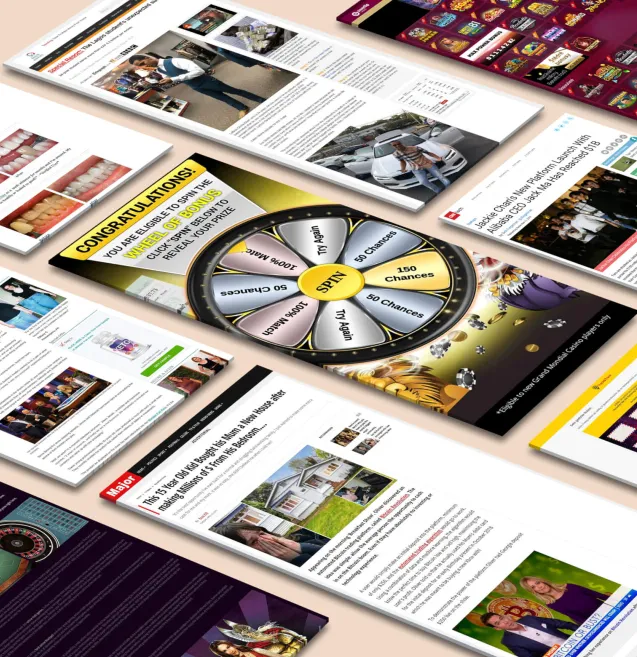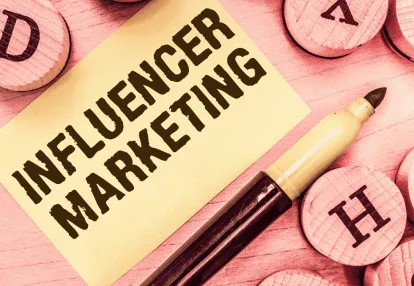
Наши инструменты отслеживают миллионы рекламных кампаний в нативной рекламе, push, pop и TikTok.
НачатьLet’s continue where we left off on the 7 Popular Principles of Marketing Psychology.
We’re back to discussing the psychology of marketing, which can increase your ad clicks and conversions. If you haven’t yet, visit the first part here.
And let’s continue where we left off on the 7 Popular Principles of Marketing Psychology.
Content that has been liked, viewed, or shared hundreds or even thousands of times will make anyone curious as to what the fuss is about. Social proofing uses a combination of the principles of curiosity and fear of missing out to encourage people to participate or click.
Viral content utilizes social proofing to tease people into viewing the content and sharing it themselves to show that they are part of a pack.
Also, the more people who like your content and use your product, the more likely it will convince others to follow suit. If a lot of people use it, then it must be good, yes?
Here are some examples:
Adding a comments section at the bottom of your landing page is another great way to heighten social proofing:
In social media, social proofing is done by showing the engagement count (likes and reactions), share count, and view count (for videos). They also include user rating and UGC (user-generated content) to show that real people are using the products or services in real life.
This can also be done in native ads and push ads by using UGC in ad images, or by displaying social media share counts.
Being familiar with something means already knowing its existence. It is also called the “mere exposure effect”, and this causes people to have a favorable response to the brand, company, product, or ad.
For instance, you are given a choice between Coca-Cola and some local carbonated beverage. 9 out of 10 times, the customer will choose the popular cola brand.
Now, this concept applies to ads as well. And there’s no need for the actual product to be well-known. The promotion only needs to be linked to something familiar, like a celebrity or a well-known brand, in order for the audience to attach some familiarity to it.
Here are some examples of ads using the familiarity concept:
Being able to have access to something others don’t can drive people to buy impulsively, which is why marketing experts from hither and yon go out of their way to create an exclusive offer.
People want to set themselves apart from others, making them feel that they are important, of higher stature, or on a VIP list. They expect better services and offers and are willing to pay higher for it. So although exclusive offers mean fewer slots, it also means higher return.
When using this concept in marketing, you can mention the words “exclusive” or “VIP”. You can also say a specific count, like “first 10 people only”. You can make it even more compelling by using the principles of urgency (ex. “Today only”) and scarcity (ex. “Limited availability”).
Here are some examples of ads that milk the value of exclusivity:
The concepts we mentioned above can actually be mixed and matched according to your offer and marketing style. You can test the combinations to find a sweet spot.
If you don’t have the time and money to test ads, best look at your rival’s ad strategies and follow their lead. Oh, and you might have noticed that we used real ads as examples in the past two posts.
We were able to do that using our own spy program. Sign up with Anstrex and find out how your competitors are using these principles to promote their offers.
Теги
Получайте лучшие конверсионные лендинги каждую неделю на свою почту.
Нету
Понимание реакции потребителей на рекламные публикации заключается не только в отслеживании отметок «нравится» и репостов, но и в глубоком погружении в психологию, которая лежит в основе вовлеченности и решений о покупке.
Dan Smith
7 минянв. 21, 2025
Кейc
TikTok emerged как мощная рекламная платформа для предприятий электронной коммерции, стремящихся увеличить продажи и расширить свою клиентскую базу. Это исследование из Перу демонстрирует огромный потенциал TikTok для предприятий электронной коммерции.
Kulwant Nagi
7 миниюл. 14, 2024
Избранное
Jairene Cruz
7 минапр. 25, 2024




